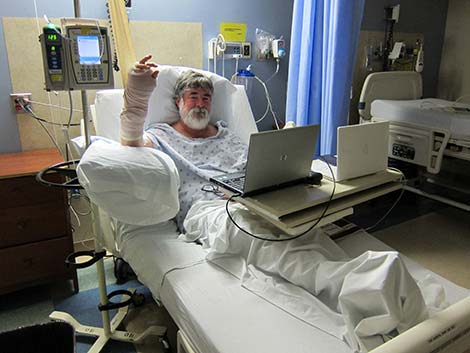
Day 1, November 29. Like any day destined to end in disaster, today started out calm and quiet. Liz and I packed early, got delayed by the family of cats prowling around the motel, and we stopped for coffee at the gas station. We drove out to Aransas NWR and were greeted by a flock of Wild Turkeys at the Visitor Center. After visiting the VC, photographing Great Kiskadees, and watching a Crested Caracara harass the roosting Black Vultures, we started off onto trails across the street.
The first trail was open and grassy, but the only things flying were butterflies and dragonflies, and alligators were nowhere to be found. We then ventured onto a trail in the dark woods, and after less than a minute, in the dim light we spotted a dark-and-light banded snake among dead leaves on the trail (see black-and-white photo below that reveals something like what my eyes perceived among the leaves). Leaving out the embarrassing details, within a few seconds of being bitten and in better light, I knew it was bad -- a coral snake. Related to cobra snakes and with similar venom, these snakes cause death by paralyzing the muscles that control breathing. With directions from a park ranger, Liz drove us at great speeds to the nearest hospital in Port Lavaca, and they flew me to San Antonio, where I now languish in a hospital bed. I will be fine -- and a bit more cautious in unfamiliar woods.
Coral Snakes are related to Cobras and have similar neurotoxic venom. When coral snakes bite, they chew to force more venom into the wound, but fortunately I got it off quickly and didn't get a large dose. For me, the venom caused great burning sensations that came and went in an oscillatory manner -- burning like hell, then subsiding to only burning like regular fire. Early on, the oscillations were rapid with extreme peaks, but after a few hours, the period had lengthened and the peaks had diminished. Fortunately, most of the helicopter ride coincided with a trough, and I was able to enjoy the flight and take photos. By now (2 AM), it usually is just an ache, and the bandaging is as much of a pain as the finger (but see comment about the bandage the next day). They let me eat after midnight, and I expect to go home tomorrow. I had no problems with breathing, not even during the worst of it early on.
The burning sensations were quite extreme. When asked by hospital staff to rate the pain on a scale of 1-10, I rated the peaks at 12 and the troughs as 2. At one point, I asked the Port Lavaca hospital staff to just cut my hand off to relieve the pain -- fortunately, they declined.
Looking at photos of the colorful snake, one wonders why I, a fairly experienced snake catcher, didn't recognize red against yellow ... well, partly it was because I didn't see it that way. The colorful photos below were doctored: first by color rendering by my amazing new instant camera, and second by Photoshop to bring out colors. The black-and-white photo shows more of what I actually perceived after walking from bright sunlight into dim, morning light under a canopy of live oak trees. The lesson learned: be extra careful when you aren't on your home turf.
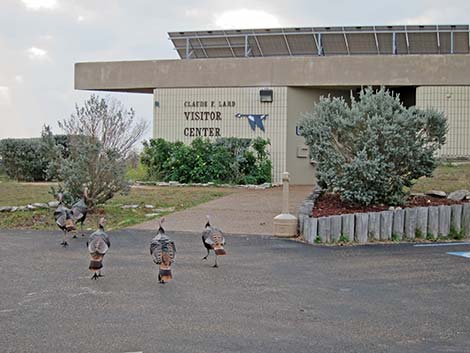 Wild Turkey at the Aransas National Wildlife Refuge Visitor Center |
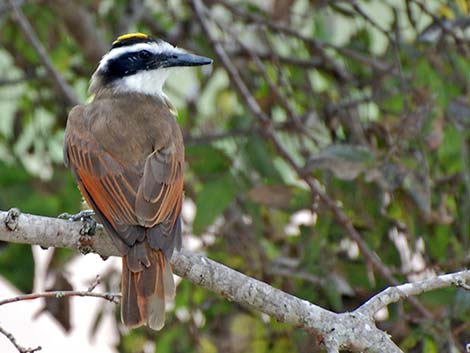 Great Kiskadee |
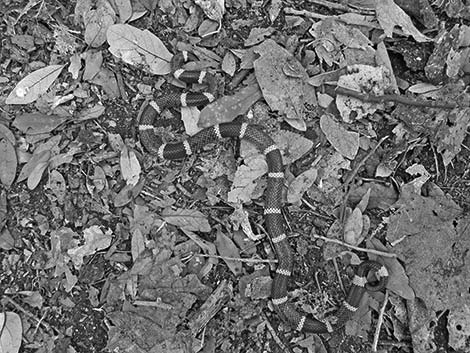 Banded snake in the leaves along the trail |
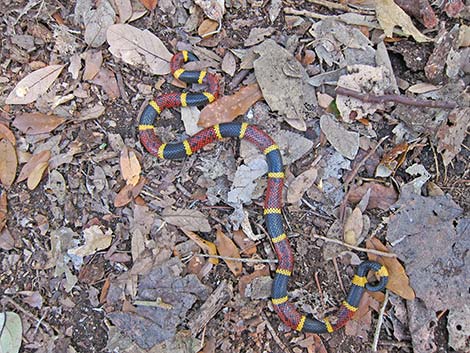 With some help from Photoshop, this is a beautiful snake. |
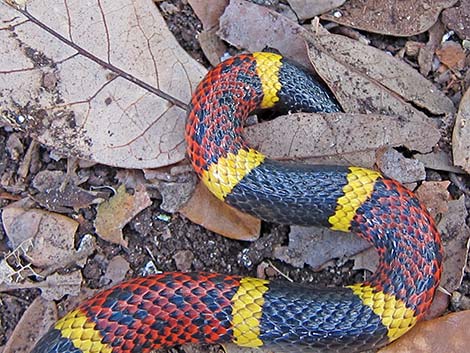 Damn! That really is red against yellow... |
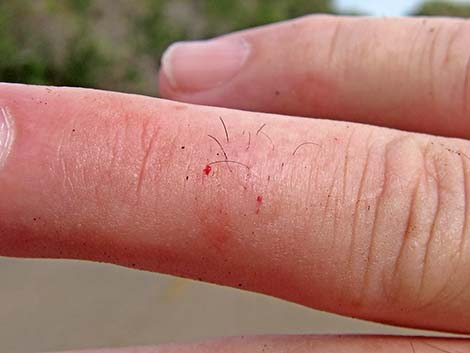 9:45 AM. Four minutes post-bite, heading for the car |
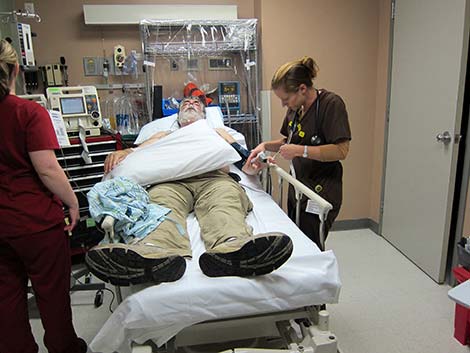 10:45. Huge burning pain, but stable in Port Lavaca hospital ER |
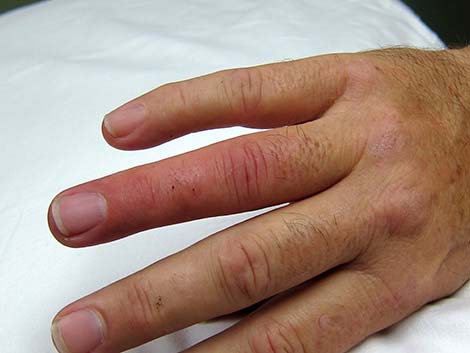 11:07 AM |
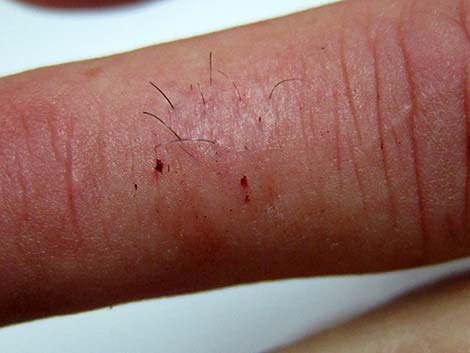 11:07 AM |
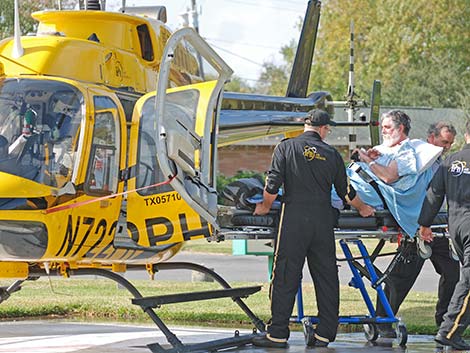 11:53 AM; loading into helicopter |
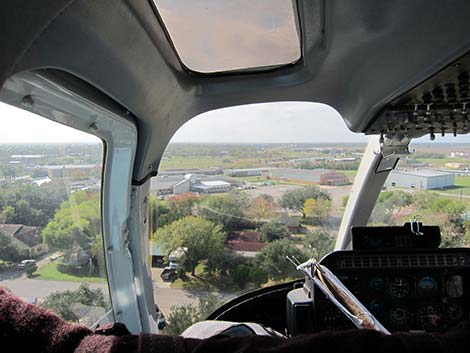 12:00 noon. Port Lavaca from the air |
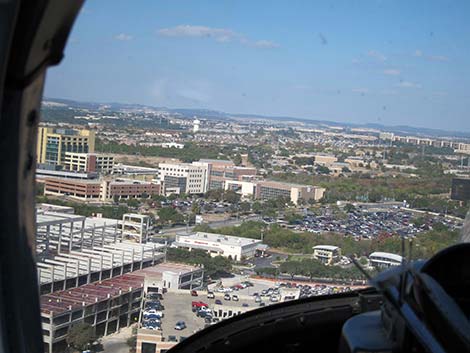 1:00 PM. San Antonio from the air |
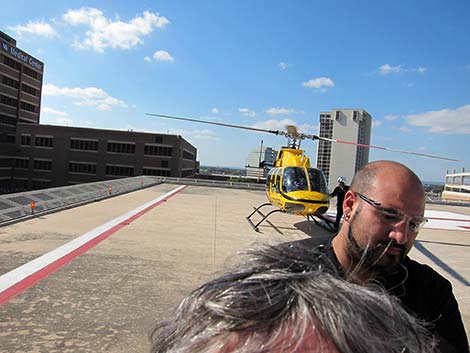 On the ground, heading to ICU |
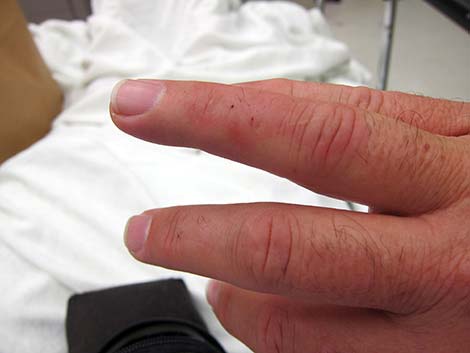 1:30 PM. Minor swelling, but lots of burning pain |
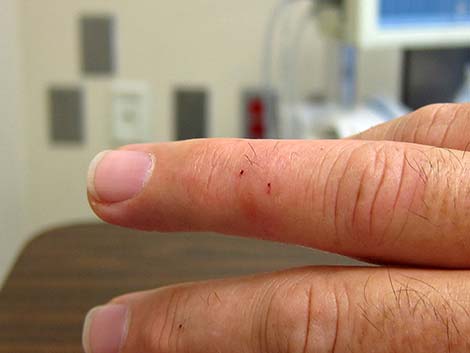 3:03 PM |
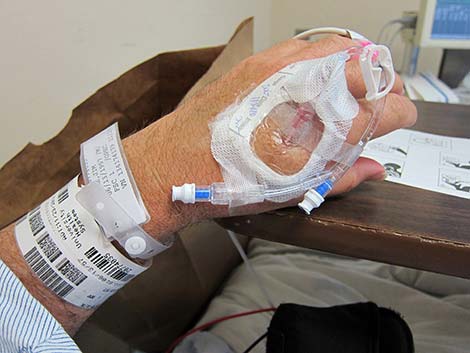 Left hand |
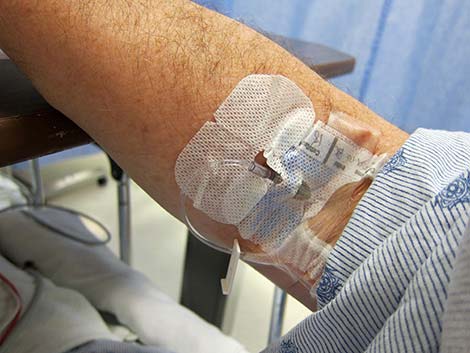 Right elbow |
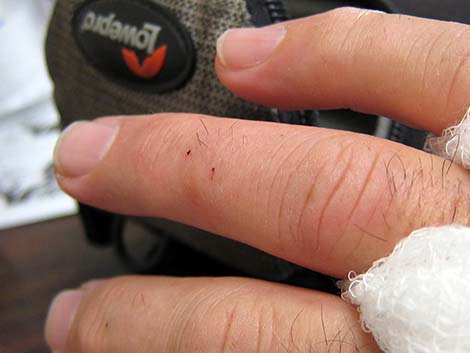 3:57 PM |
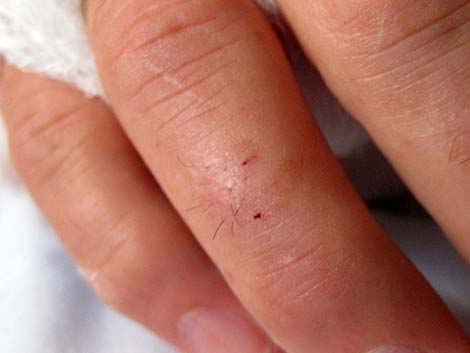 5:25 PM |
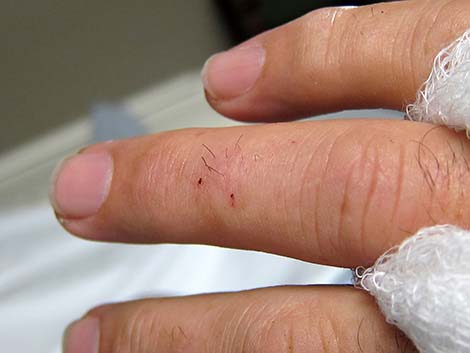 6:10 PM |
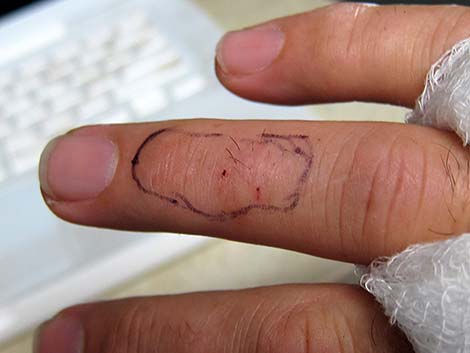 8:00 PM. The swelling and redness has subsided, and a doctor outlines the remaining color to mark the progress. |
|
Note: All distances, elevations, and other facts are approximate.
![]() ; Last updated 240210
; Last updated 240210
| Coral Snake Bite | Texas Coral Snake | Copyright, Conditions, Disclaimer | Home |
